In this article, we will explore the fascinating world of the Roulette Wheel. As a quintessential symbol of the casino industry, the Roulette Wheel embodies the excitement and unpredictability that attracts players from all walks of life. From its origins in 18th-century France to its prominent role in modern-day casinos worldwide, the Roulette Wheel has captured the imagination of both seasoned gamblers and novices alike. We will delve into the mechanics of the wheel, the different variations of the game, and the strategies that players employ to master this iconic casino classic. Join us as we unlock the secrets behind the captivating allure of the Roulette Wheel.
The History of the Roulette Wheel
The Origins of Roulette
The origins of the roulette wheel can be traced back to 17th century France. Although the exact origins are unclear, it is widely believed that the game was invented by a French mathematician and physicist named Blaise Pascal. Pascal was experimenting with perpetual motion machines when he accidentally created the roulette wheel. Initially, the game did not have the numbers 0 and 00, but those were added later to increase the house edge.
The Evolution of the Roulette Wheel
In the 18th century, roulette became increasingly popular in France, and the wheel underwent several changes. The original version had both a single zero and a double zero pocket, similar to the American roulette wheel we know today. However, as players found it difficult to differentiate between the two zeros, casinos in France decided to remove the double zero pocket. This change resulted in the introduction of the single zero wheel, which is still the standard in European and French roulette.
The Introduction of the Single Zero Wheel
The single zero wheel, also known as the European wheel, was introduced in the mid-19th century. This new version of the roulette wheel became incredibly popular due to the lower house edge it offered compared to the double zero wheel. The single zero wheel had 37 pockets, numbered from 0 to 36, with only one green pocket for the zero. This change significantly increased the odds for players and made the game more enticing.
The American Roulette Wheel
During the 19th century, roulette gained popularity in the United States. However, the American casinos wanted to increase their profits, so they introduced a new version of the wheel. The American roulette wheel had both a single zero and a double zero pocket, effectively doubling the house edge compared to the European wheel. This change was a significant departure from the original version of the game and became the standard for roulette in North America.
The Anatomy of a Roulette Wheel
The Components of a Roulette Wheel
A typical roulette wheel consists of several components that work together to create the game. The main parts of a roulette wheel include the bowl, which houses the wheel itself, the wheelhead, which spins around the bowl, and the ball track, where the ball is thrown. Additionally, there are dividers that separate the pockets, deflectors that help randomize the ball's path, and frets that help the ball bounce and change direction.
The Number Sequence on a Roulette Wheel
The number sequence on a roulette wheel follows a specific pattern. In European and French roulette, the numbers range from 1 to 36, alternating between red and black colors. Additionally, there is a single green pocket for the zero. On the American roulette wheel, the numbers are also from 1 to 36, but there are two green pockets, one for the single zero and another for the double zero. The sequence of numbers is carefully arranged to ensure randomness and fairness in the game.
The Colors and Pockets on a Roulette Wheel
The colors on a roulette wheel play a crucial role in the game. In European and French roulette, the colors alternate between red and black, except for the green pocket for the zero. This color scheme helps players identify the type of bet they want to place easily. In American roulette, the colors are the same, but there are two green pockets. The pockets on the wheel are where the ball lands after the spin, and the betting outcomes are based on these pocket positions.
The Inner Mechanism of a Roulette Wheel
Behind the outer appearance of a roulette wheel lies a complex inner mechanism. The wheelhead contains the numbered pockets, and it sits on a spindle that allows it to spin freely. The bowl, which holds the wheelhead, has various mechanisms to ensure a fair game. These mechanisms include balance weights to distribute the weight evenly, levelers to maintain a consistent spin, and precision bearings to reduce friction. The inner workings of a roulette wheel are carefully engineered to ensure random outcomes.
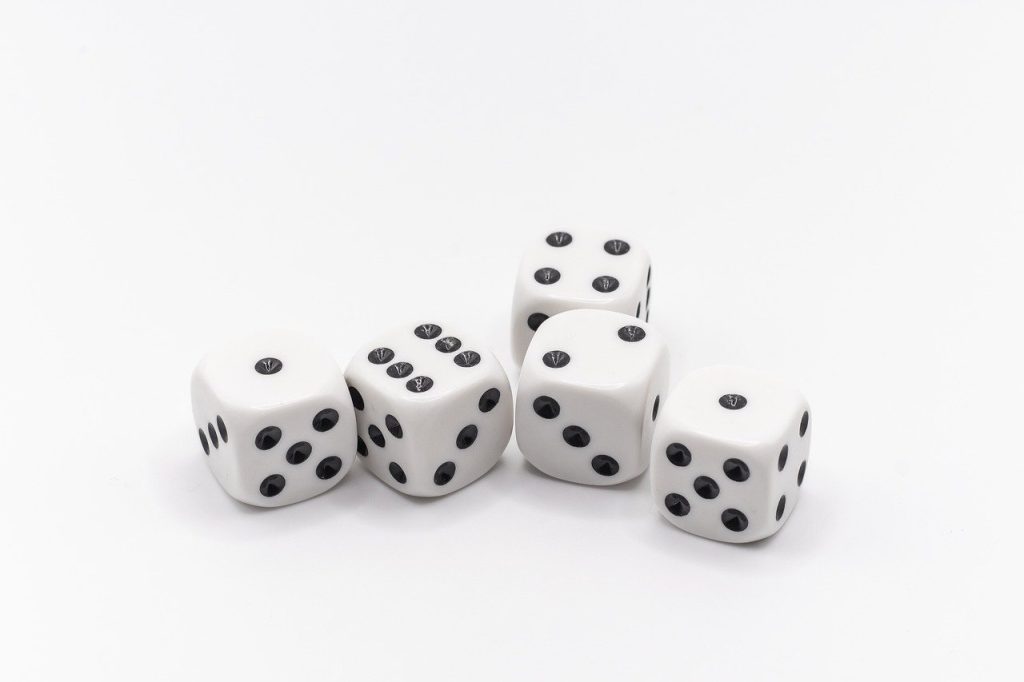
This image is property of pixabay.com.
Types of Roulette Wheels
European Roulette Wheel
The European roulette wheel is the classic version of the wheel and the most commonly used in casinos worldwide. It has 37 pockets, numbered from 0 to 36, with a single zero pocket colored green. The European wheel offers better odds to players compared to the American version because it only has one zero pocket. This wheel is universally recognized and is the preferred choice for many roulette enthusiasts.
American Roulette Wheel
The American roulette wheel is the version commonly found in casinos in the United States and is also used in some other parts of the world. It has 38 pockets, numbered from 0 to 36, with both a single zero and a double zero pocket. The double zero pocket significantly increases the house edge, making the odds less favorable for players. Despite this disadvantage, the American roulette wheel remains popular due to its familiarity and historical significance.
French Roulette Wheel
The French roulette wheel is similar to the European wheel, with 37 pockets and a single zero. However, the layout and betting options on the French wheel are slightly different. The French roulette wheel features the “La Partage” rule, which allows players to receive half of their even-money bets back if the ball lands on zero. This rule further decreases the house edge, making the French wheel a favorite among experienced players seeking the best odds.
Mini Roulette Wheel
The mini roulette wheel is a simplified version of the traditional roulette wheel, mainly found in online casinos and some select land-based establishments. It has fewer pockets, usually 12 or 13, and only includes numbers from 1 to the maximum pocket number. The mini roulette wheel offers a faster-paced game and simpler betting options for players who prefer a condensed version of roulette.
Understanding Roulette Wheel Bets
Inside Bets
Inside bets in roulette refer to bets placed directly on individual numbers or combinations of numbers within the number grid on the roulette wheel. These bets have higher payouts but lower odds of winning. Examples of inside bets include the straight bet (placing a chip on a single number) and the split bet (placing a chip on the line between two numbers).
Outside Bets
Outside bets in roulette are placed on broader categories of numbers and offer better odds of winning but lower payouts compared to inside bets. These bets include options like red or black (betting on the color of the winning number), odd or even (betting on the parity of the winning number), and high or low (betting on whether the winning number will be in the first or second half of the number range).
Call Bets
Call bets, also known as announced bets, are special bets that some roulette variations offer. These bets are typically called out by the player and placed by the dealer. Call bets include options such as Voisins du Zero (betting on numbers neighboring the zero), Jeu Zero (betting on the zero and surrounding numbers), and Tiers du Cylindre (betting on numbers opposite the zero).
Announced Bets
Announced bets, also known as neighbor bets, are similar to call bets but are placed directly by the player on the roulette table. These bets allow players to bet on a specific number and its neighbors on the wheel. Announced bets are commonly used in European and French roulette and can include options like the Zero Spiel (betting on the zero, along with two numbers on each side) and Les Orphelins (betting on a specific group of numbers around the wheel).
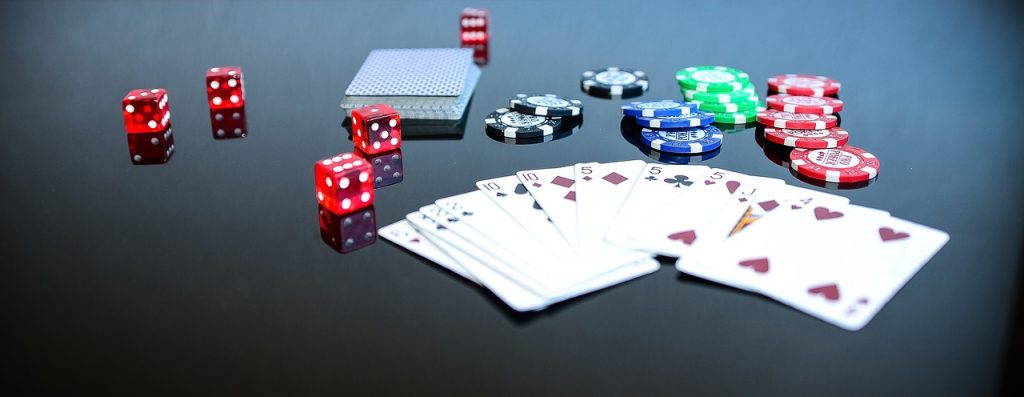
This image is property of pixabay.com.
Roulette Wheel Odds and Payouts
The House Edge in Roulette
The house edge in roulette is the statistical advantage that the casino has over players. It is represented as a percentage and varies depending on the type of roulette wheel being played. In European roulette, the house edge is approximately 2.7%. This means that, on average, the casino will retain 2.7% of all bets wagered over the long run. In American roulette, the house edge increases to around 5.26% because of the addition of the double zero pocket.
Individual Bet Odds and Payouts
Each type of bet on the roulette wheel has different odds and corresponding payouts. For example, a straight bet (placing a chip on a single number) has odds of 37 to 1 on a European wheel, while the payout is 35 to 1. This means that if you win a straight bet, you will receive 35 times your original wager. On the other hand, a red or black outside bet has odds of 1.11 to 1 and a corresponding payout of 1 to 1.
Combination Bet Odds and Payouts
Combination bets in roulette involve placing chips on multiple numbers or combinations to increase the chances of winning. The odds and payouts for combination bets depend on the specific numbers included in the bet. For example, a split bet (placing a chip on the line between two numbers) has odds of 18 to 1 on a European wheel and a payout of 17 to 1. Combination bets allow players to spread their wagers and potentially improve their odds of winning.
Popular Roulette Wheel Strategies
The Martingale Strategy
The Martingale strategy is one of the oldest and most well-known betting systems used in roulette. It involves doubling your bet after every loss and resetting it to the initial amount after a win. The idea behind the Martingale strategy is that eventually, you will win and recoup all previous losses. However, this strategy requires a large bankroll and can be risky if faced with a long losing streak.
The Fibonacci Strategy
The Fibonacci strategy is based on the Fibonacci sequence, a series of numbers where each number is the sum of the two preceding numbers. In roulette, this strategy involves betting the sum of the previous two bets. If you win, you move two steps back in the sequence, and if you lose, you move one step forward. The Fibonacci strategy aims to minimize losses during a losing streak while maximizing winnings during a winning streak.
The Labouchere Strategy
The Labouchere strategy, also known as the cancellation system, involves creating a sequence of numbers and using it to determine bet sizes. Each bet is the sum of the first and last numbers in the sequence. If the bet wins, those two numbers are crossed off the sequence. If the bet loses, the sum of the bet is added to the end of the sequence. The Labouchere strategy aims to achieve a predetermined profit goal by crossing off all the numbers in the sequence.
The D'Alembert Strategy
The D'Alembert strategy is a simpler betting system that involves increasing or decreasing your bet by one unit after each win or loss, respectively. The idea behind this strategy is that over time, wins and losses will even out, resulting in a net profit. The D'Alembert strategy is considered less aggressive than other systems, but it still requires careful bankroll management to mitigate losses.
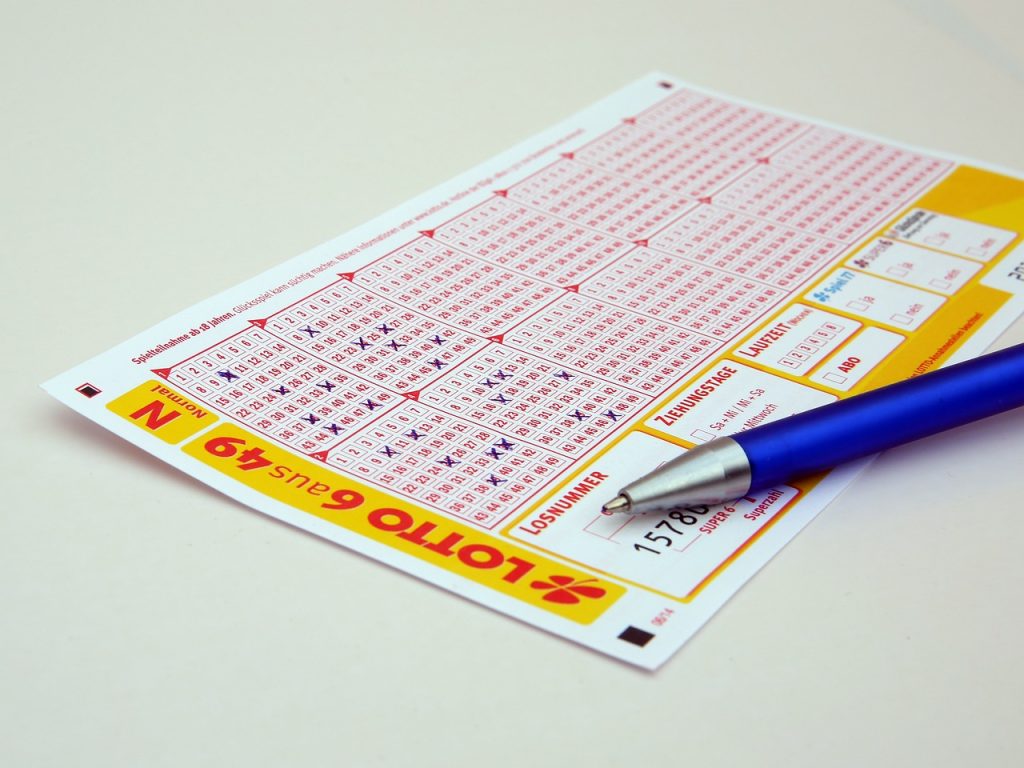
This image is property of pixabay.com.
Famous Roulette Wheel Stories
The Man Who Broke the Bank at Monte Carlo
One of the most legendary roulette stories involves a man named Charles Deville Wells, who is believed to have broken the bank at Monte Carlo in 1891. Wells was an English gambler who purportedly used a combination of luck and cheating to win large sums of money at the roulette table. He supposedly took advantage of biased wheels, which had imperfections that caused certain numbers to come up more frequently. While the exact details of his success are shrouded in mystery, Wells' story remains an enduring tale in the history of roulette.
The Ashley Revell Bet
In 2004, a British man named Ashley Revell made headlines when he sold all his possessions, including his house, car, and clothes, to place a single bet on the roulette wheel. Revell flew to Las Vegas and bet his entire net worth of $135,300 on red. The ball landed on 7 red, securing Revell's double-or-nothing gamble and doubling his wealth. Revell's audacious bet and subsequent success made him a symbol of high-stakes gambling and inspired many to take risks at the roulette table.
The Biased Wheel Scandal
Throughout history, several instances of biased roulette wheels have been discovered, leading to scandals and legal battles. Biased wheels occur when imperfections or wear and tear cause certain numbers or sectors of the wheel to appear more frequently than normal. Players who can identify these biases have the opportunity to gain an edge and exploit the situations. However, casinos are quick to rectify these discrepancies, and modern wheel manufacturing techniques and strict quality control measures have minimized the occurrence of biased wheels.
Online Roulette Wheels
Virtual Roulette Wheels
Virtual roulette wheels allow players to enjoy the game from the comfort of their homes through online casinos. These wheels are displayed on computer screens or mobile devices and use random number generator (RNG) software to produce fair and unbiased outcomes. Virtual roulette wheels simulate the look and feel of a real wheel, providing an immersive experience for players who prefer the convenience and accessibility of online gaming.
Live Dealer Roulette Wheels
Live dealer roulette wheels bridge the gap between land-based and online casinos. These wheels are located in specialized studios or land-based casinos and are operated by real dealers. Players can place bets and watch the action unfold through live video streaming. Live dealer roulette wheels provide an interactive and realistic gaming experience, allowing players to interact with the dealer and other players while enjoying the convenience of online play.
Mobile Roulette Wheels
Mobile roulette wheels offer the flexibility to enjoy the game on smartphones and tablets. These wheels are designed specifically for mobile devices, optimizing the user interface and graphics for smaller screens. Mobile roulette wheels can be accessed through dedicated casino apps or mobile-responsive websites. This allows players to play roulette on the go, anytime and anywhere, providing maximum convenience and accessibility.
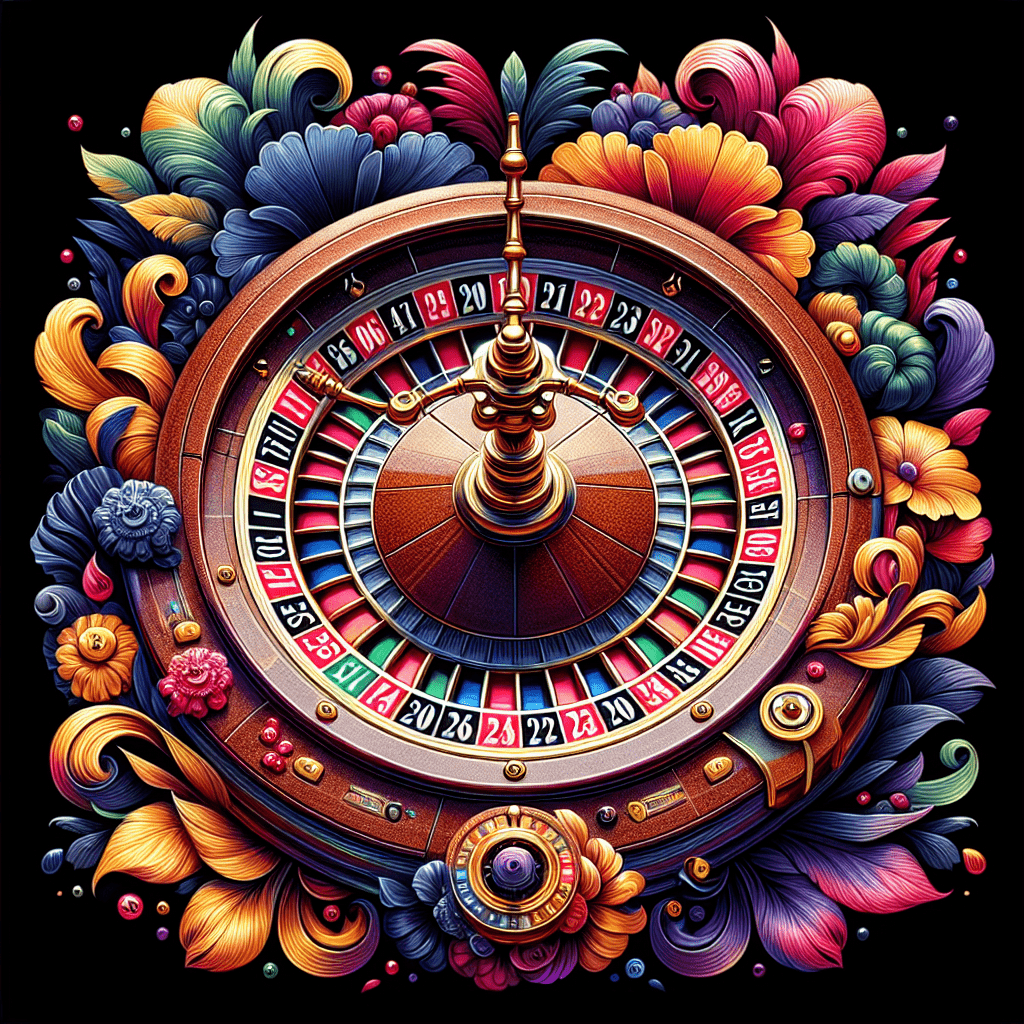
Roulette Wheel Variations Around the World
Chinese Roulette Wheel
In Chinese roulette, the wheel features 36 red and black pockets, similar to the European wheel. However, instead of a single green zero pocket, the Chinese wheel has three green dragon pockets. This unique variation adds an extra element of excitement and increases the complexity of the game. Chinese roulette is popular in Asian casinos and provides a distinctive twist on the traditional roulette experience.
Mexican Roulette Wheel
Mexican roulette, also known as “La Rueda de la Fortuna,” is a carnival-style variation of the game commonly found in Mexican fairs and casinos. The Mexican roulette wheel features 54 pockets, including special symbols and numbers associated with Mexican culture. Players bet on these symbols, colors, or specific numbers, creating a festive and vibrant atmosphere. Mexican roulette is a popular form of entertainment in Mexico and offers a unique spin on the traditional game.
Russian Roulette Wheel
Russian roulette is a dangerous game that originated in Russia but is not typically associated with traditional roulette. In Russian roulette, a single bullet is loaded into a revolver's chamber, and players take turns pulling the trigger while pointing the gun at their own heads. This game relies on luck and has no relation to the standard roulette wheel used in casinos. Due to its life-threatening nature, Russian roulette is strongly discouraged and illegal in many jurisdictions.
The Future of Roulette Wheels
Innovations in Roulette Wheel Technology
The future of roulette wheels promises exciting advancements in technology to enhance player experience and optimize game fairness. Casino equipment manufacturers are continuously developing cutting-edge technologies such as automated wheel speed detection, improved ball tracking systems, and advanced RNG algorithms. These innovations aim to create more precise and consistent outcomes, ensuring a fair and thrilling game for players.
Virtual Reality Roulette Wheels
Virtual reality (VR) technology has the potential to revolutionize the way players interact with roulette wheels. VR roulette wheels immerse players in a lifelike casino environment, allowing them to spin the wheel, place bets, and observe the ball's movement in a virtual setting. This technology opens up new possibilities for social interactions, realistic simulations, and personalized gaming experiences, elevating the level of engagement and entertainment for roulette enthusiasts.
Biometric Security on Roulette Wheels
Biometric security features may become a prominent addition to roulette wheels in the future. This technology would involve incorporating fingerprint or facial recognition systems into the wheel to enhance security measures. Biometric security would help prevent fraudulent behavior, such as players trying to tamper with the wheel or use counterfeit chips. By ensuring the integrity of the game, biometric security could provide players with increased confidence in the fairness of roulette.
In conclusion, the history of the roulette wheel is rich and diverse, with various adaptations and innovations over the centuries. From its humble origins in 17th century France to its global popularity today, the roulette wheel has undergone numerous changes to provide players with an exciting and entertaining gaming experience. With advancements in technology and continued innovation, the future of roulette wheels promises even more immersive gameplay and enhanced security measures, ensuring that this iconic casino game remains at the forefront of gambling innovation.









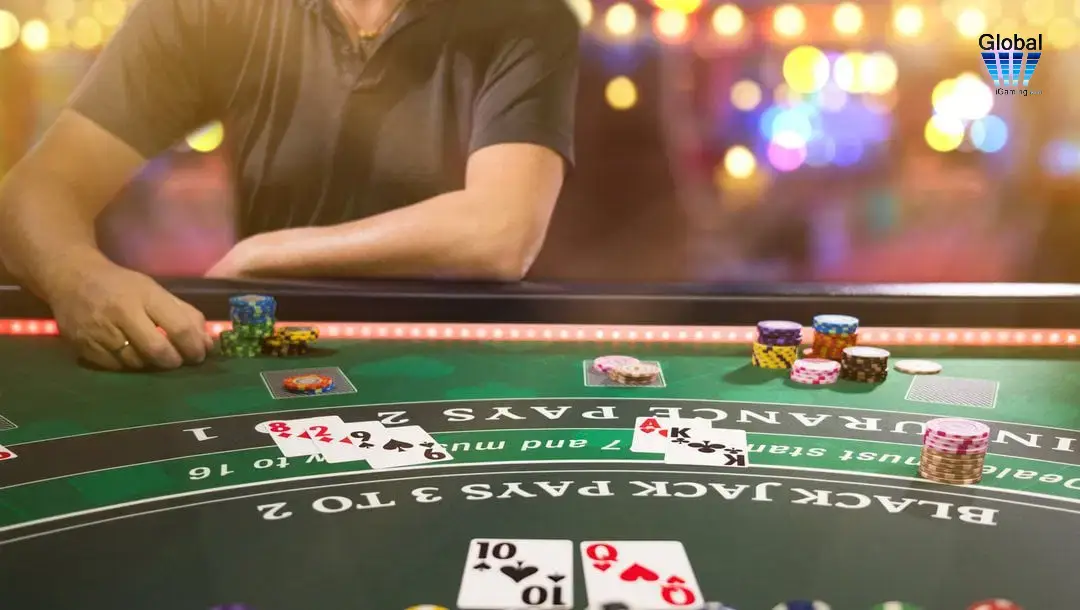




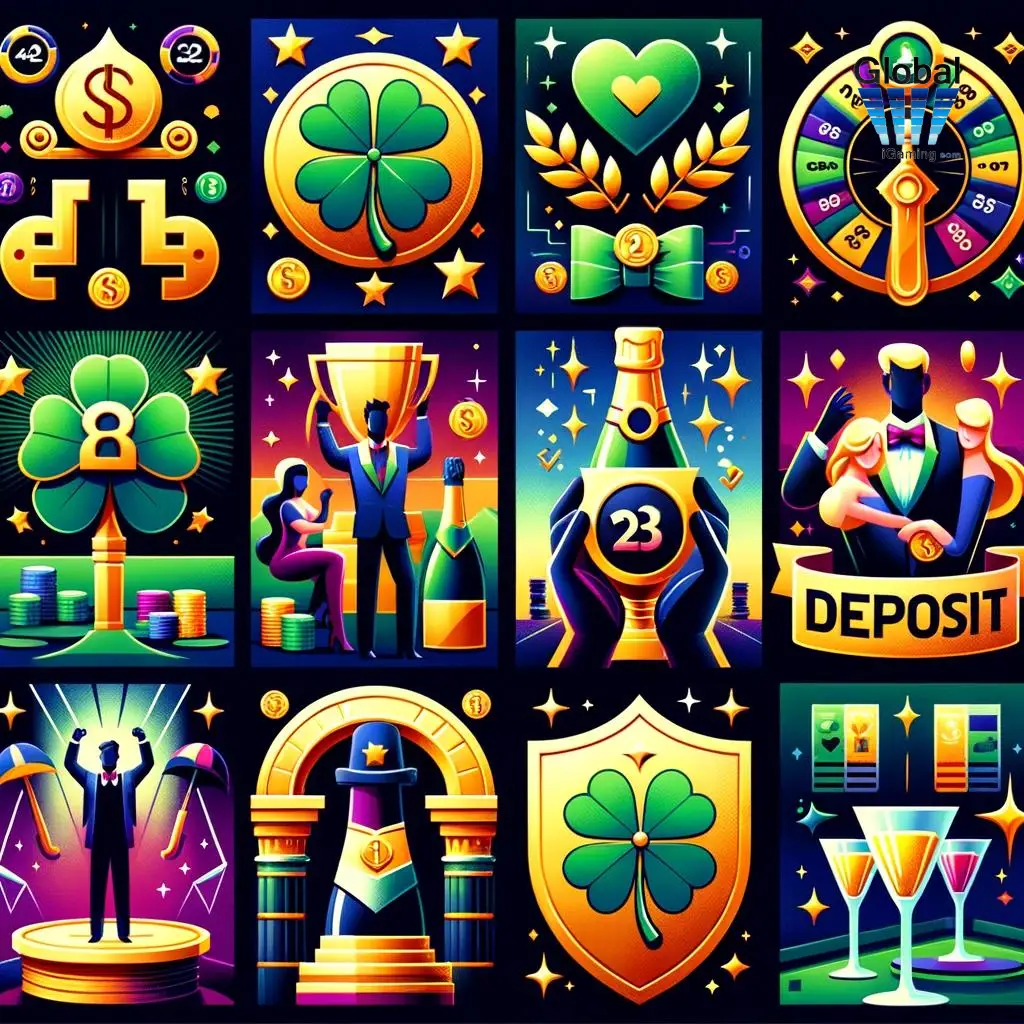






















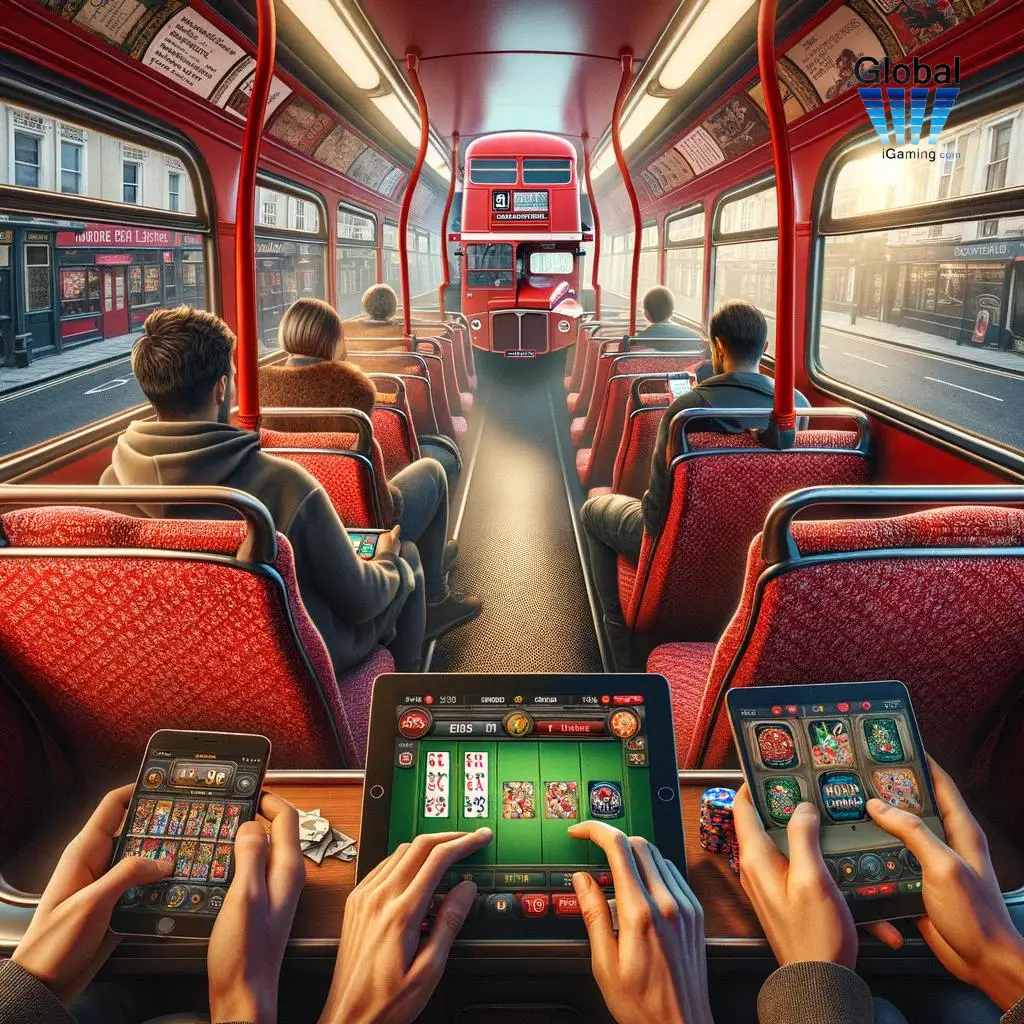















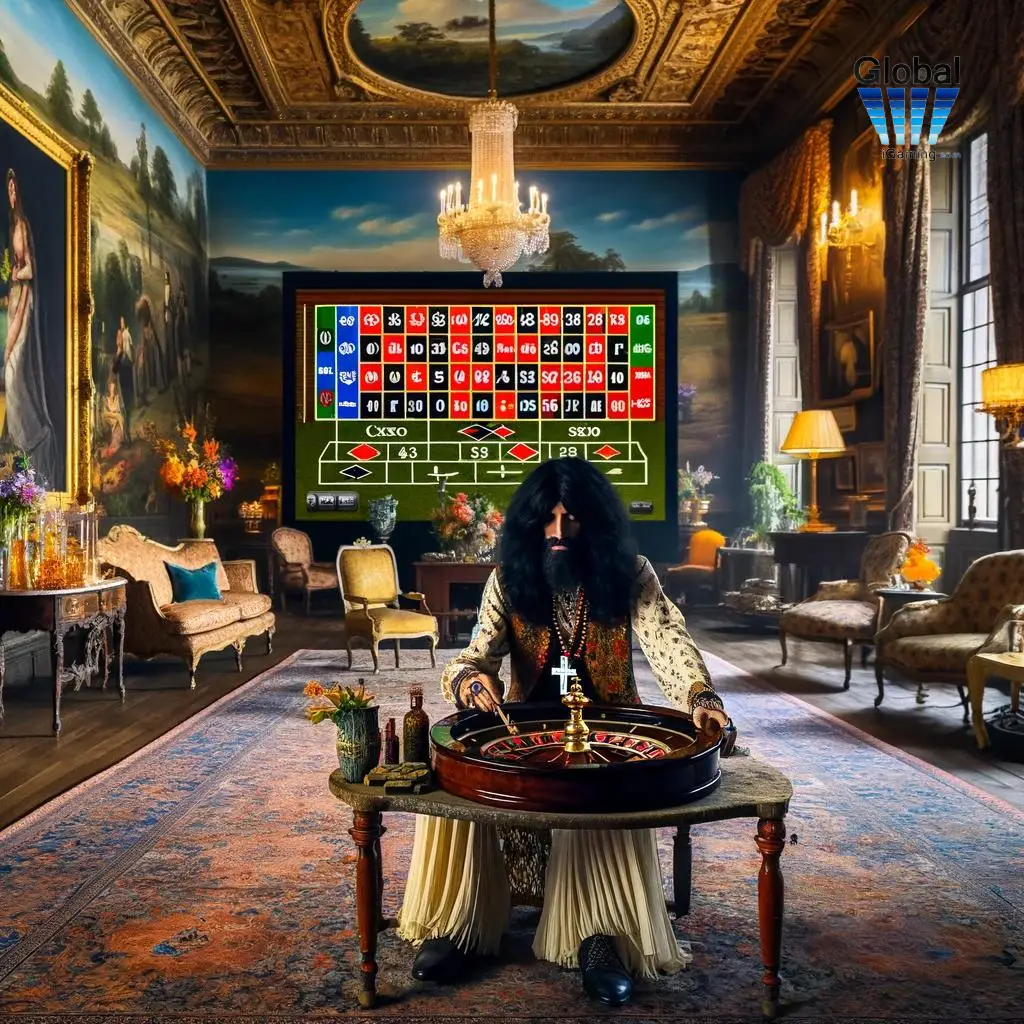





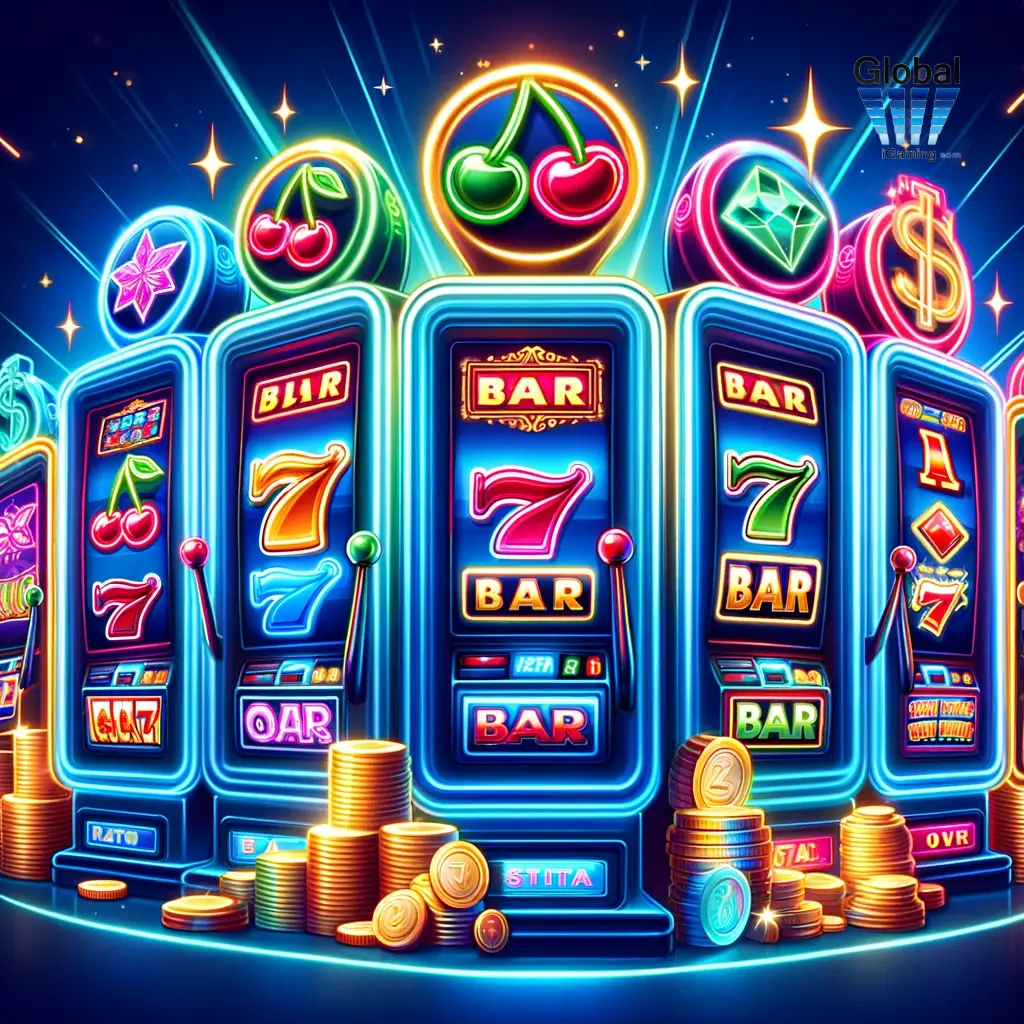







































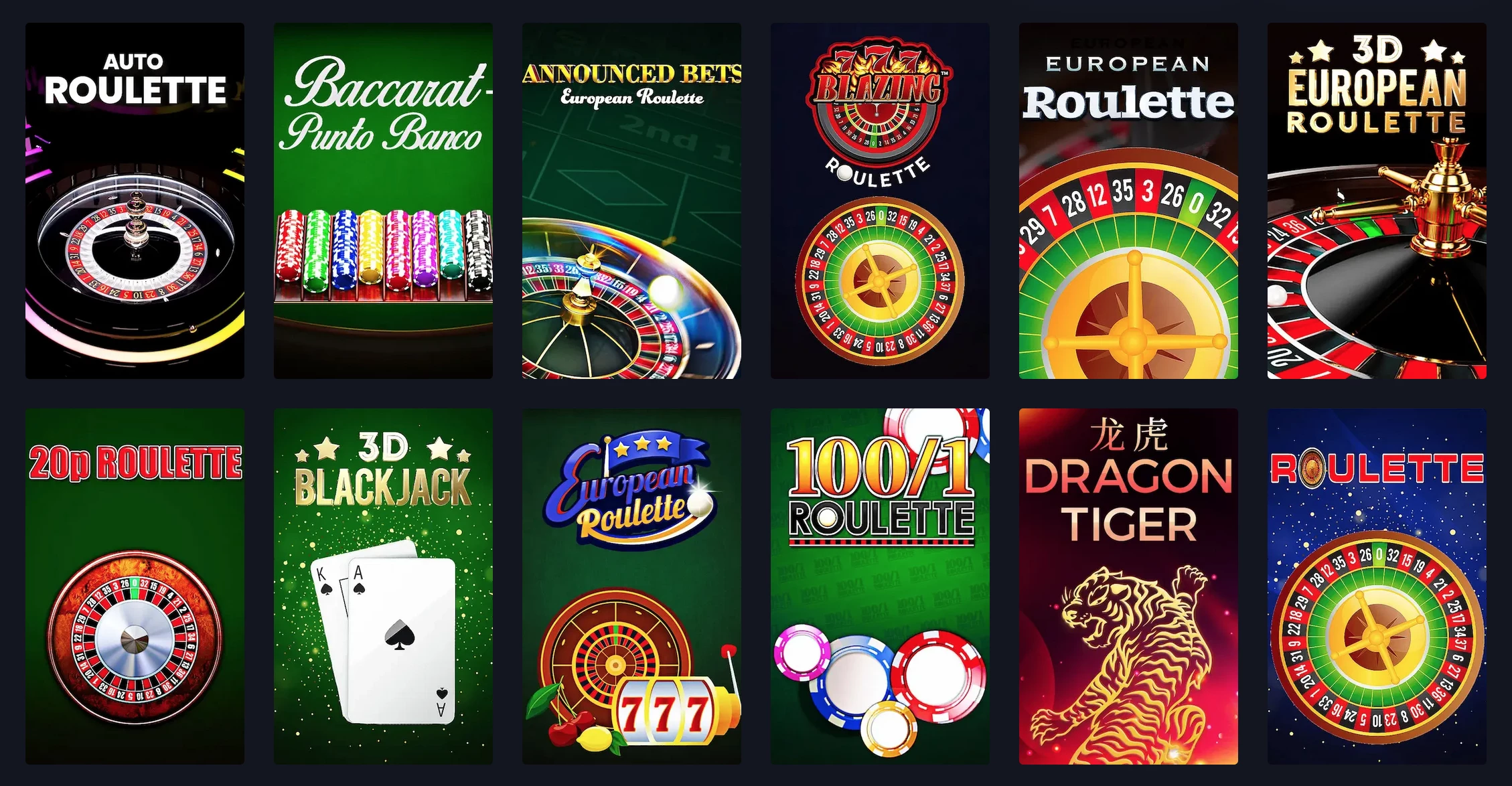
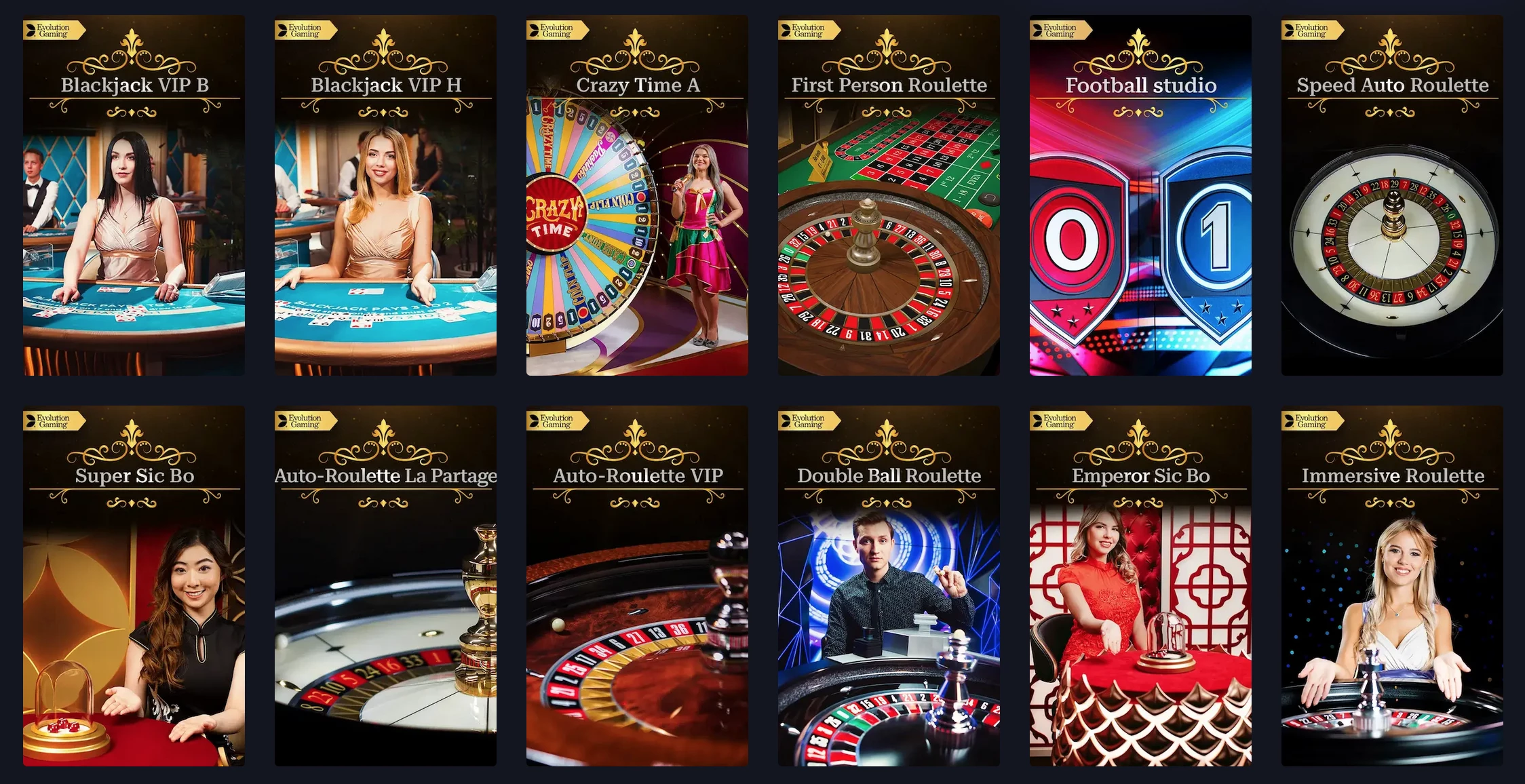
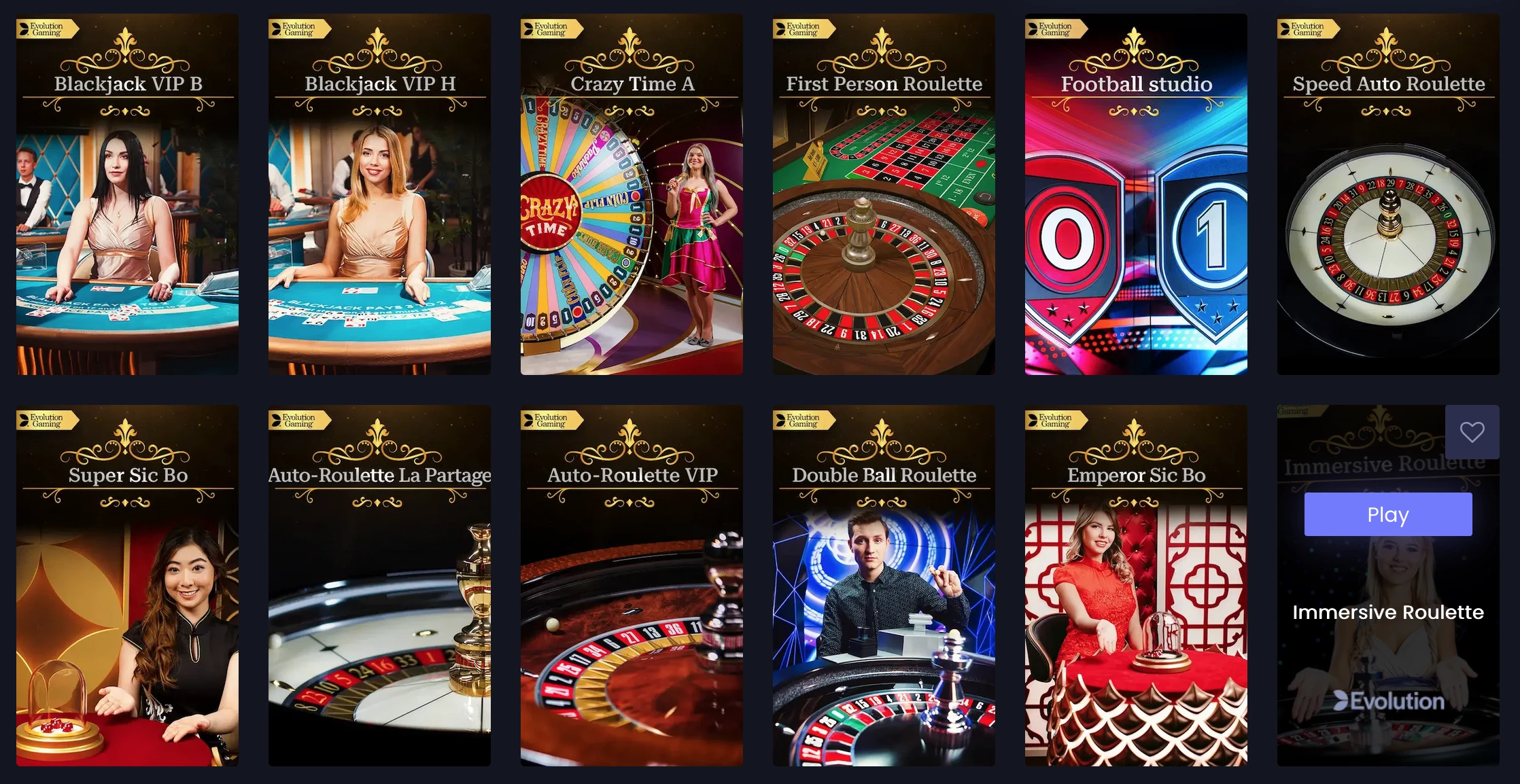










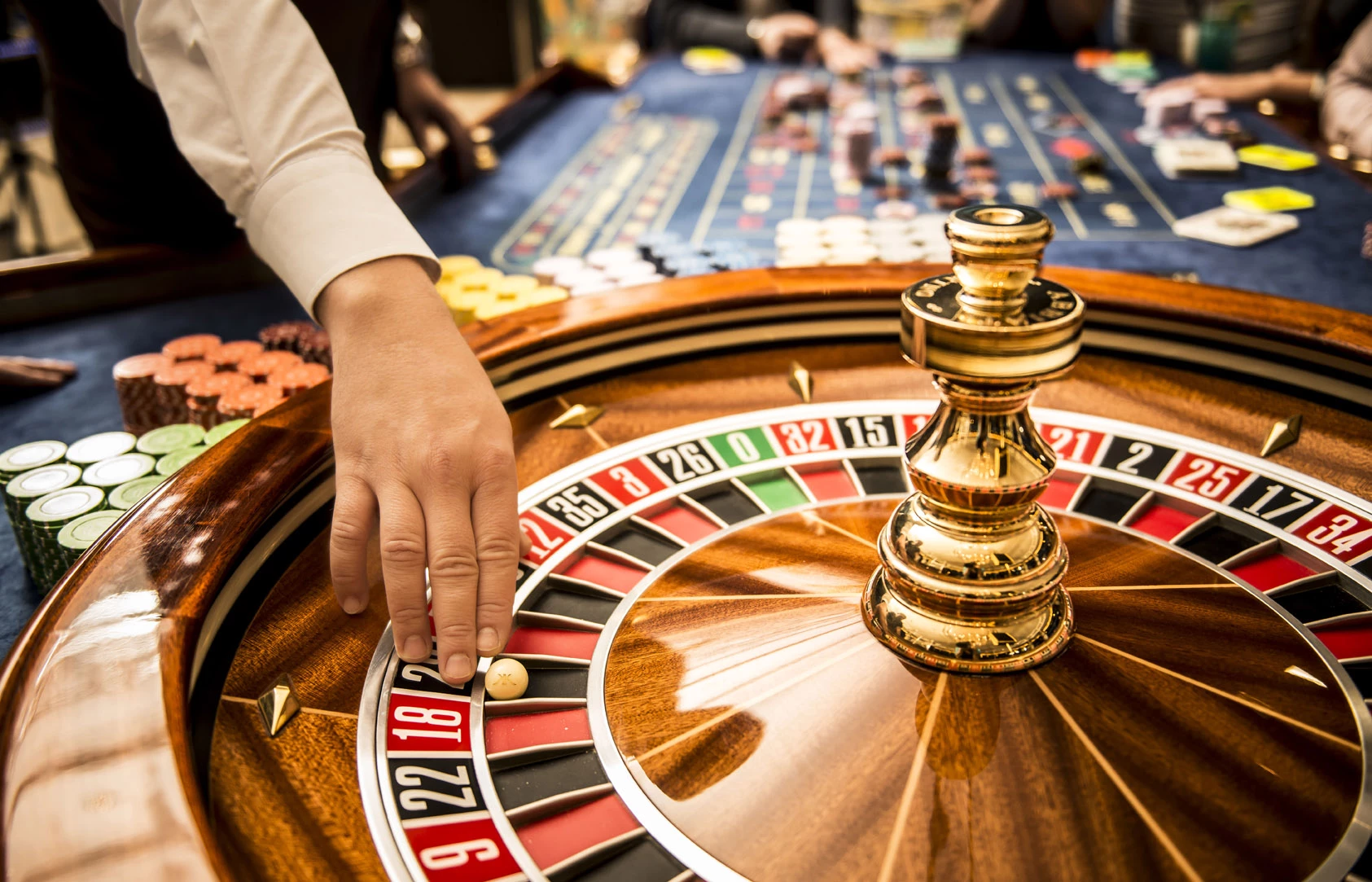

















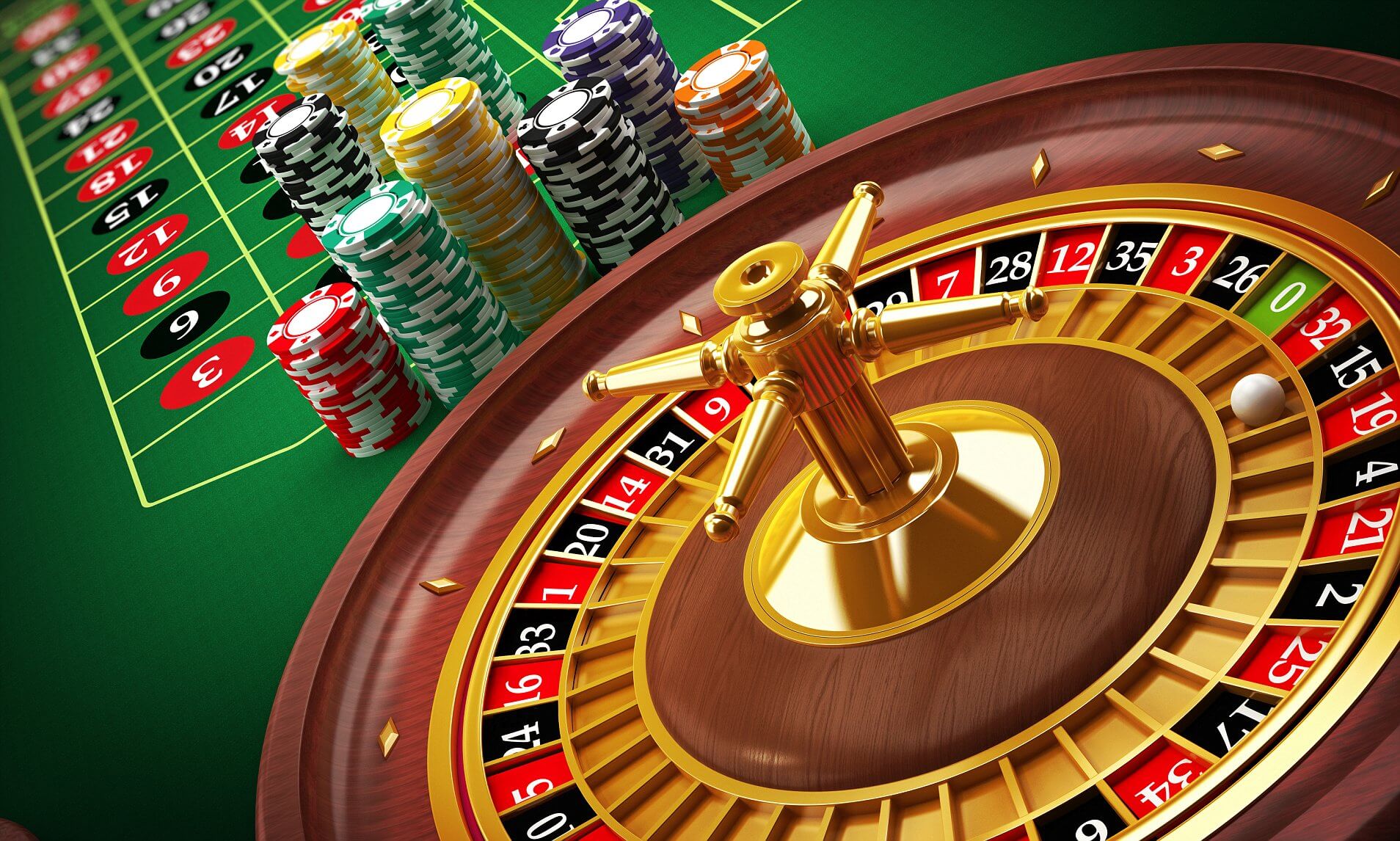
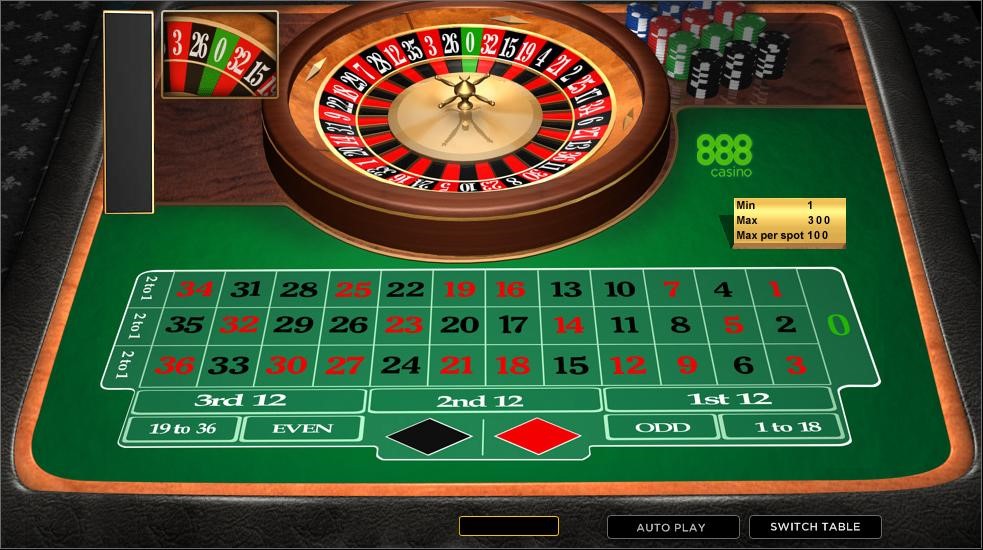
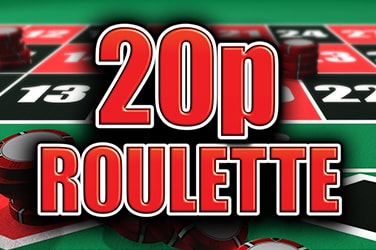
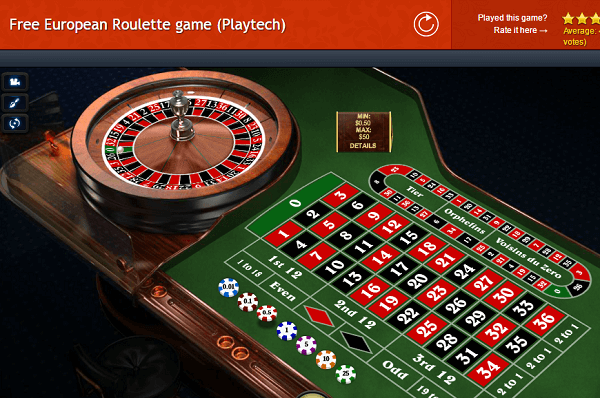
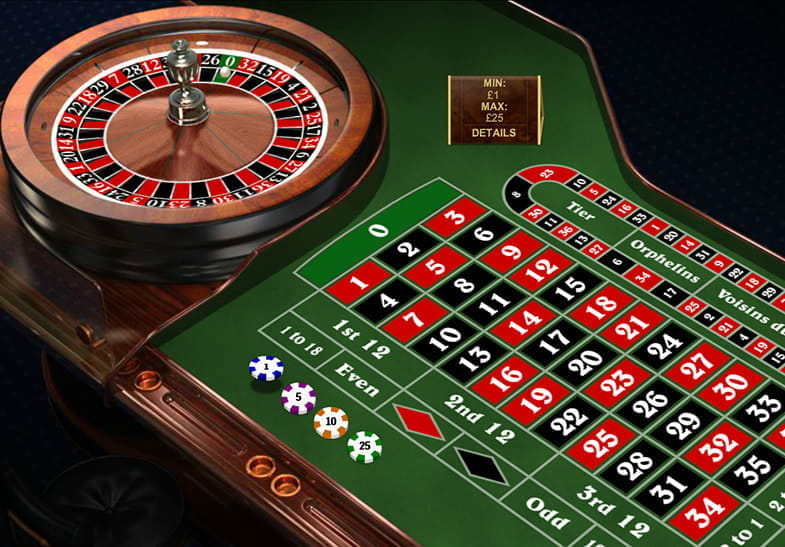
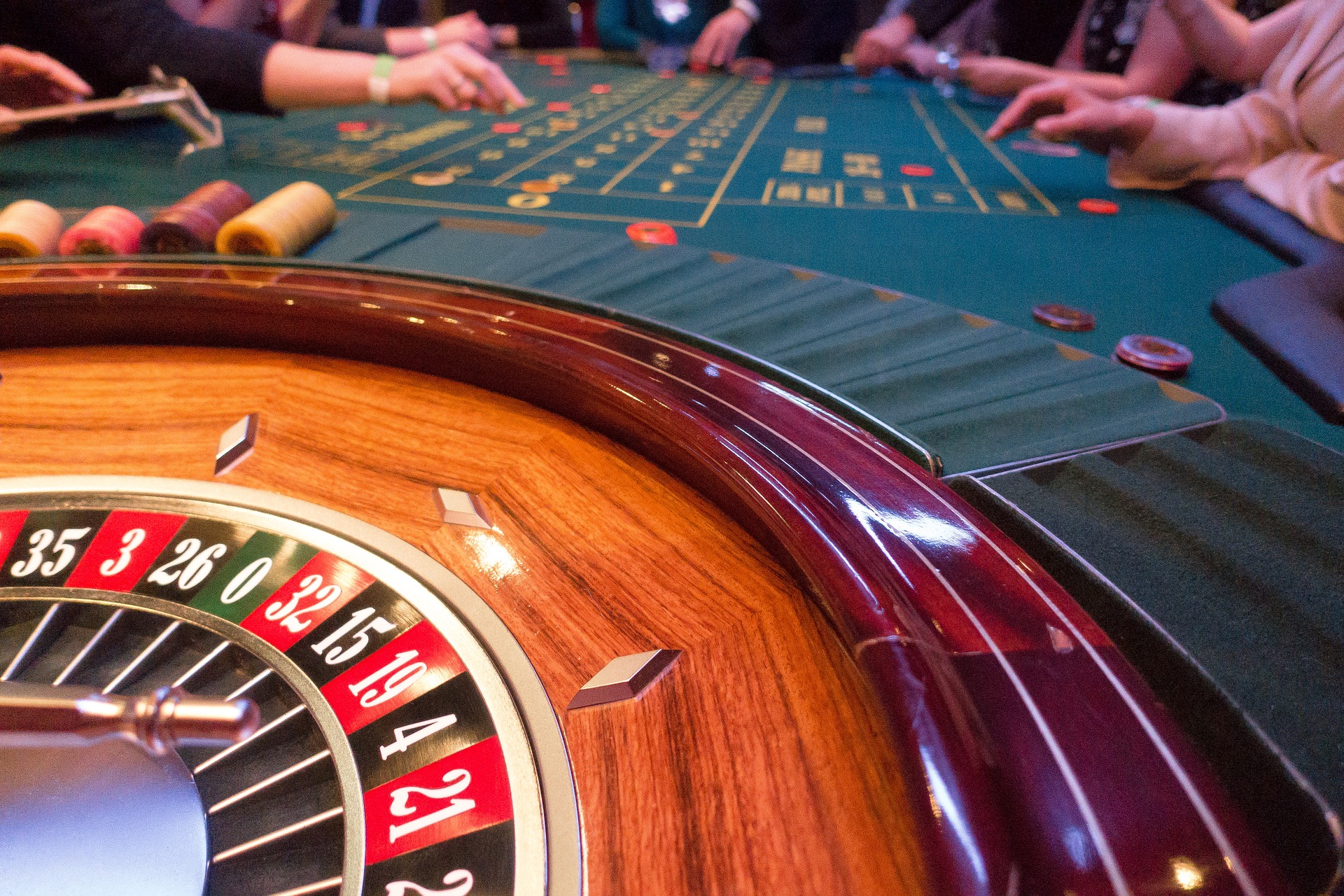
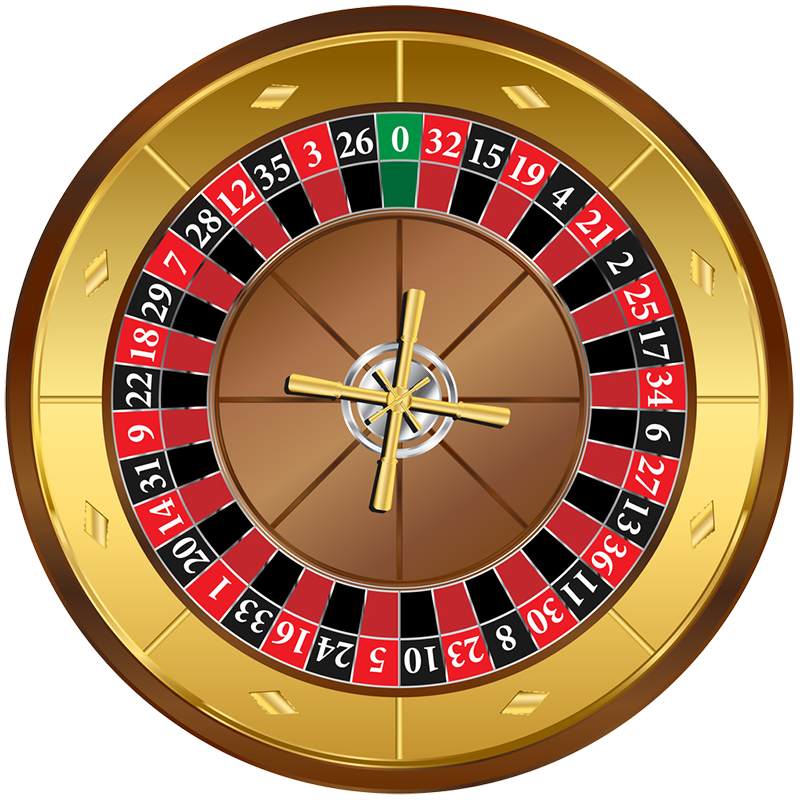

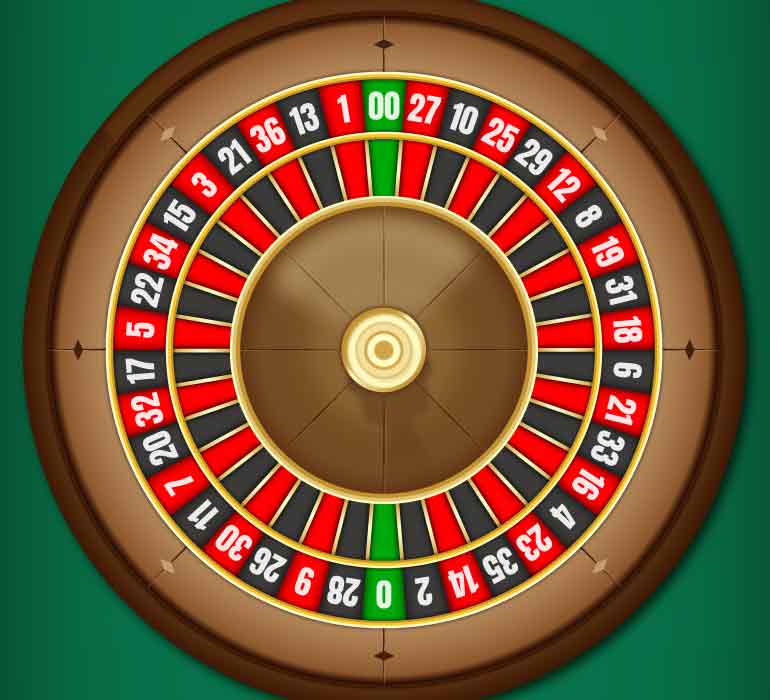
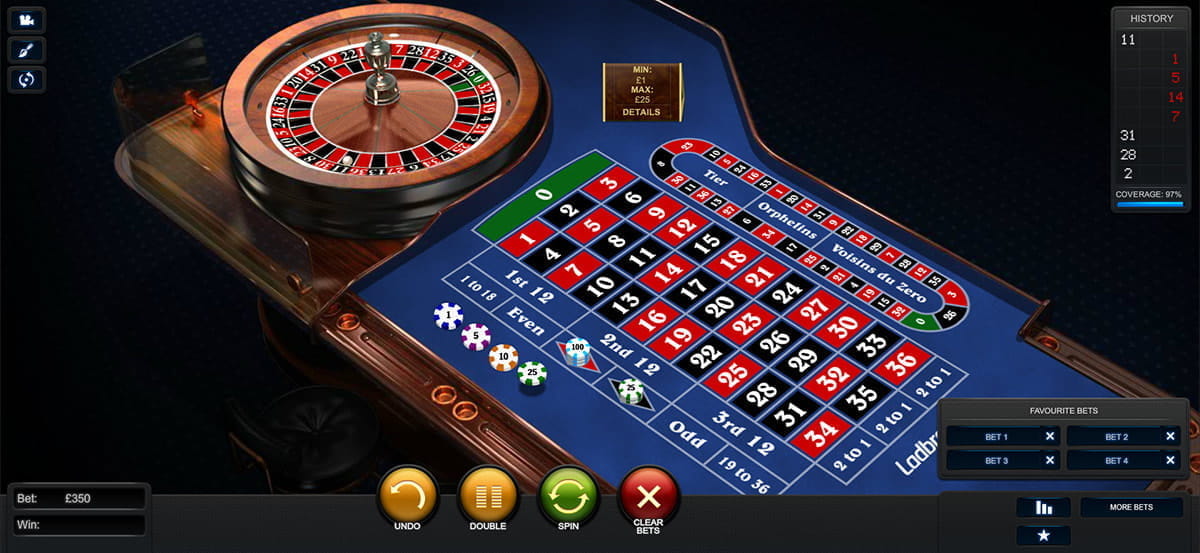
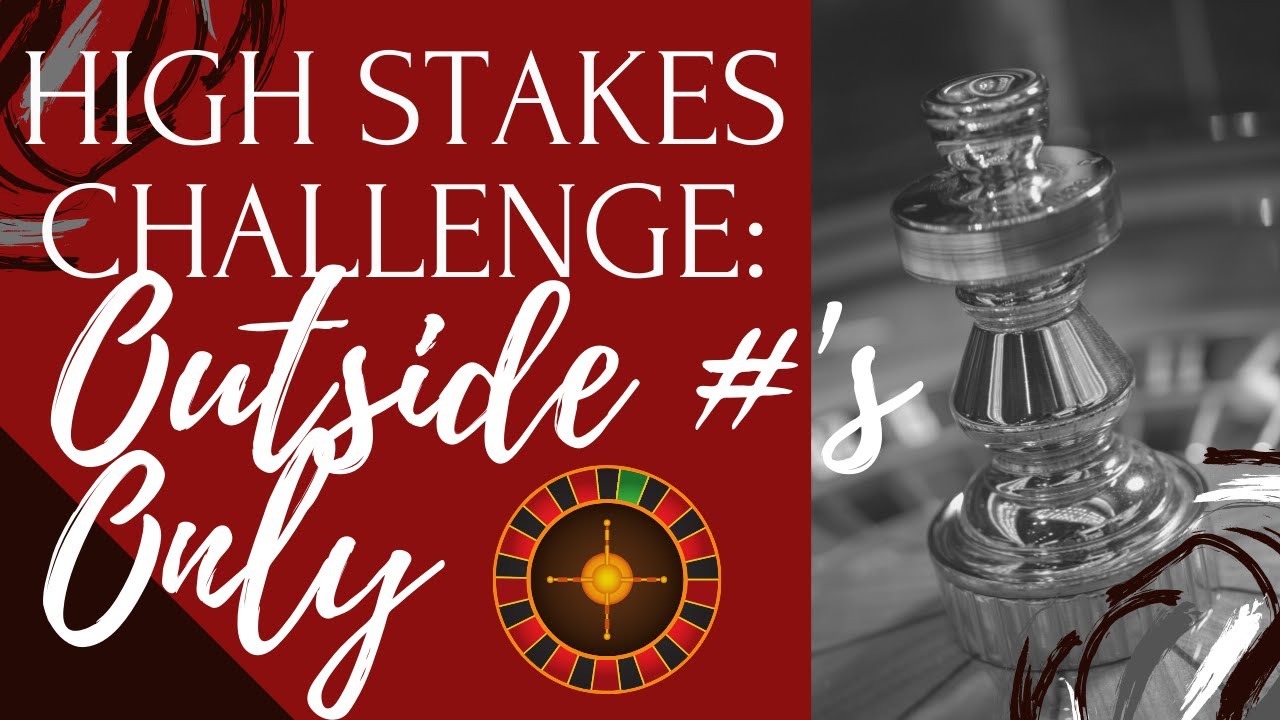
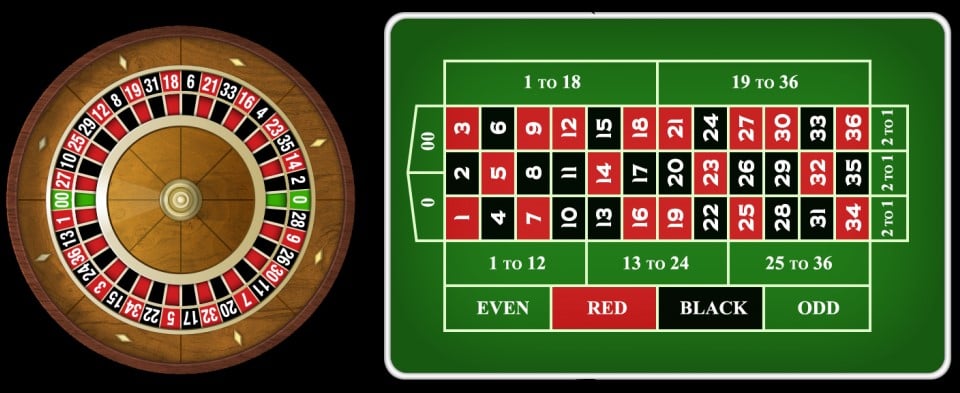
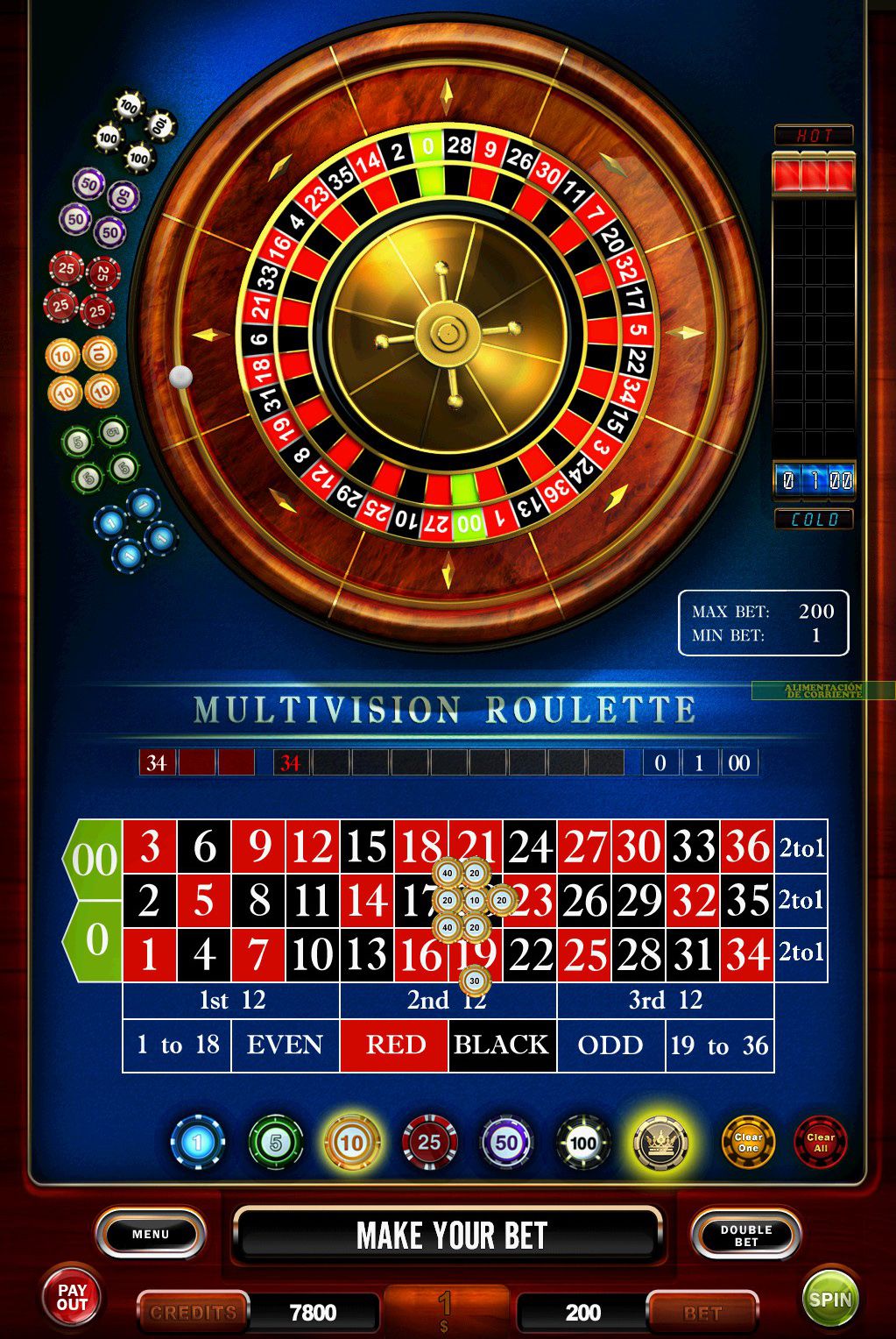
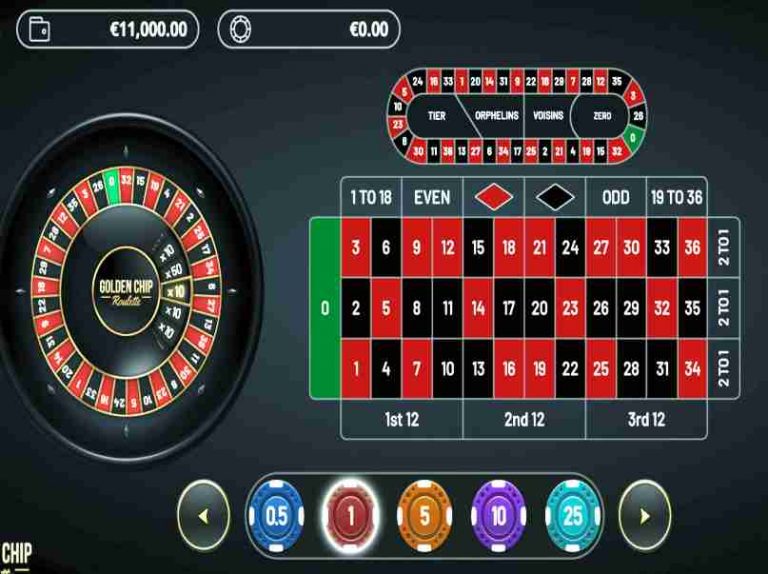
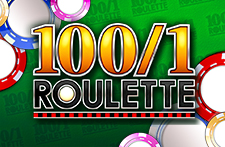





 Global Online Gambling & iGaming is a full service cash Online Gambling & iGaming marketing consultancy with casino partners situated around the world.
Global Online Gambling & iGaming is a full service cash Online Gambling & iGaming marketing consultancy with casino partners situated around the world.